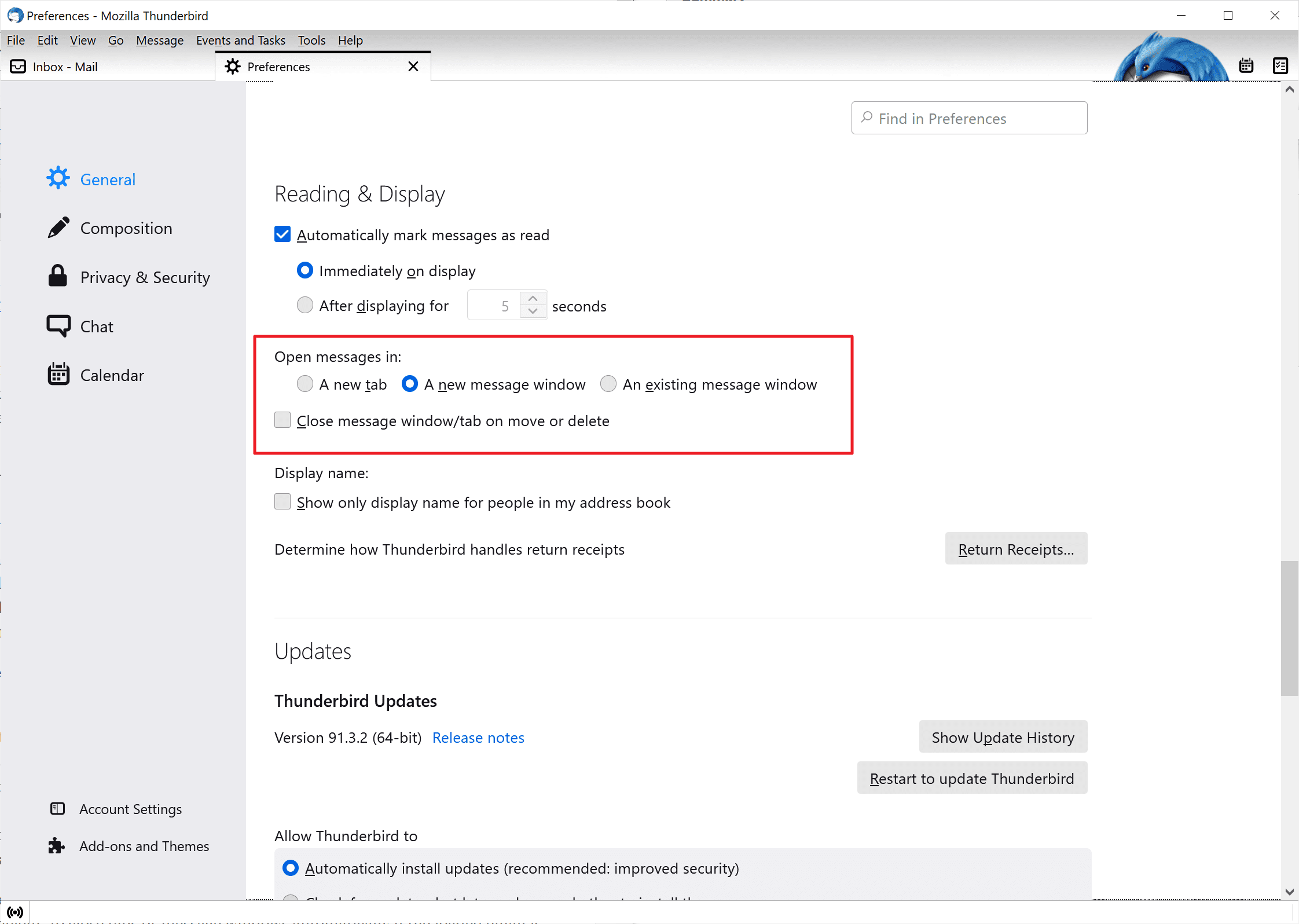
In the US you have to watch out for the second and third party doctrines. Tags: e-mail, generations, history of security, trackingĪnd people wonder why I stoped doing email quite a while ago. I would very much like the statistics that adding trackers to Crypto-Gram would give me. That’s one in five of the emails you get from your friends. “It’s the wild, wild west out there.”Īccording to OMC’s data, a full 19 percent of all “conversational” email is now tracked. “We have been in touch with users that were tracked by their spouses, business partners, competitors,” says Florian Seroussi, the founder of OMC. Newsletter services, marketers, and advertisers have used the technique for years, to collect data about their open rates major tech companies like Facebook and Twitter followed suit in their ongoing quest to profile and predict our behavior online.īut lately, a surprising - and growing - number of tracked emails are being sent not from corporations, but acquaintances. When a recipient opens the email, the tracking client recognizes that pixel has been downloaded, as well as where and on what device.

Tracking clients embed a line of code in the body of an email - usually in a 1×1 pixel image, so tiny it’s invisible, but also in elements like hyperlinks and custom fonts. Good article on the history and practice of e-mail tracking:


 0 kommentar(er)
0 kommentar(er)
